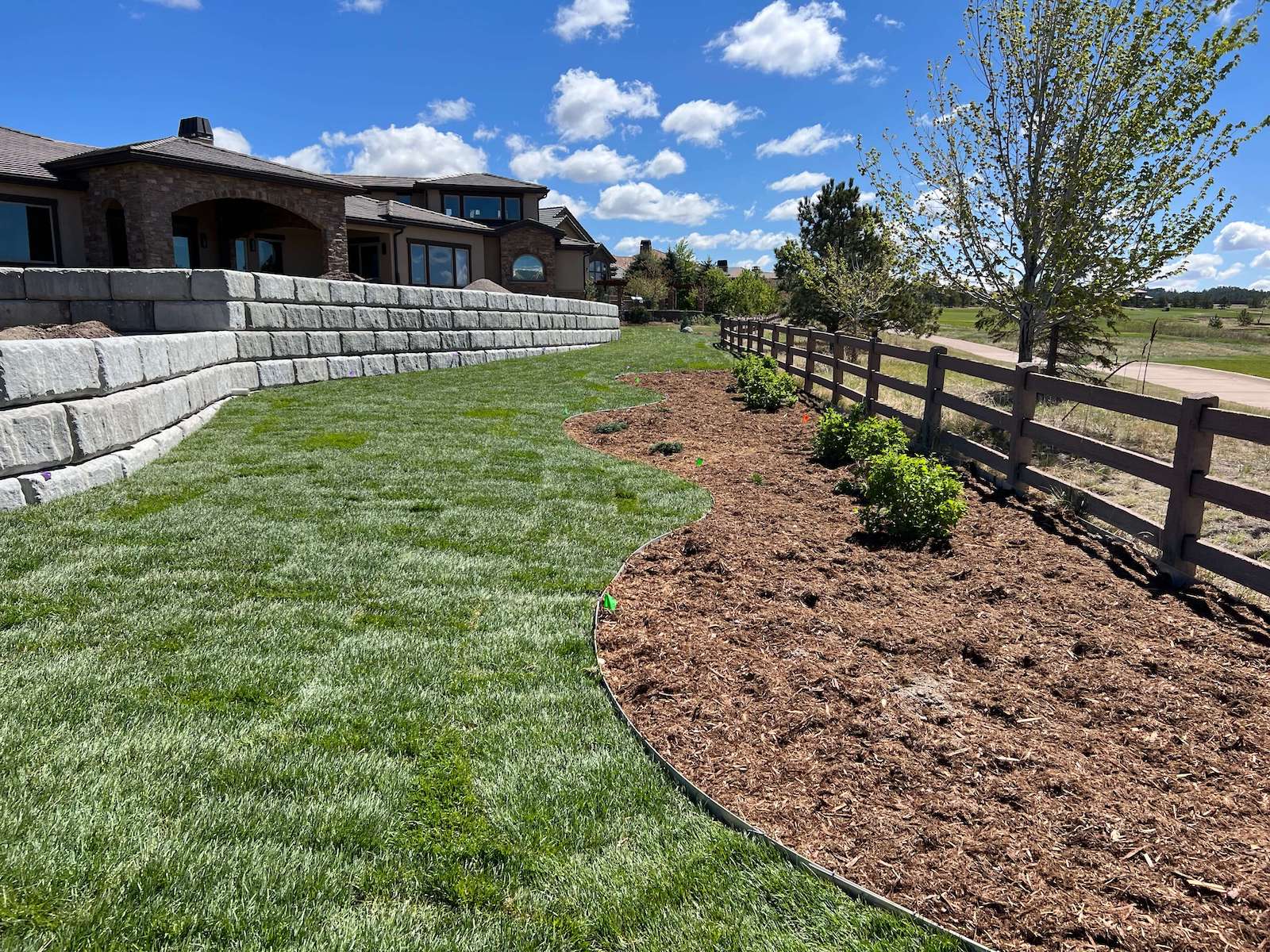Getting The Hilton Head Landscapes To Work
Getting The Hilton Head Landscapes To Work
Blog Article
The 9-Second Trick For Hilton Head Landscapes
Table of ContentsTop Guidelines Of Hilton Head LandscapesGetting The Hilton Head Landscapes To WorkThe 30-Second Trick For Hilton Head LandscapesHilton Head Landscapes for BeginnersWhat Does Hilton Head Landscapes Do?4 Easy Facts About Hilton Head Landscapes ExplainedNot known Details About Hilton Head Landscapes
Line produces all forms and patterns and can be made use of in a variety of ways in the landscape. Line in the landscape is developed by the side in between 2 products, the rundown or silhouette of a type, or a lengthy direct attribute. Lines are an effective tool for the designer since they can be utilized to develop a boundless selection of forms and forms, and they regulate movement of the eye and the body.

Lines can have one or more attributes, such as those described below, but they commonly offer different functions. Number 1. Lines in the landscape - Landscapers near me. The residential or commercial properties of lines figure out just how individuals react to the landscape, both psychologically and literally. Straight lines are structural and forceful; they create a formal character, are usually related to an in proportion style, and lead the eye straight to a prime focus.
The Only Guide to Hilton Head Landscapes
Straight lines are most typically found in hardscape edges and product. Rounded lines produce a casual, all-natural, kicked back character that is linked a lot more with nature and asymmetrical balance. Curved lines relocate the eye at a slower pace and include mystery to the room by producing hidden sights. Vertical lines relocate the eye up, making a space really feel larger.
Vertical lines in the landscape consist of high, narrow plant material, such as trees, or high structures, such as an arbor or a bird home on a post. Straight lines move the eye along the ground airplane and can make a room really feel bigger. Low lines are a lot more subdued and produce a sensation of remainder or repose.
What Does Hilton Head Landscapes Mean?
Low lines are developed by reduced garden wall surfaces, pathways, and short bushes. Lines are used to attract kinds on a plan. In strategy view, they specify plant beds and hardscape areas. Lines are additionally produced by the vertical types of built attributes and plant material. There are 3 main line kinds that produce kind in the landscape: bedlines, hardscape lines, and plant lines.
Bedlines connect plant material to your home and hardscape since the eye follows the line, moving the stare with the landscape. Hardscape lines are developed by the edge of the hardscape, which marks the built structure. Line can additionally be produced by lengthy and slim materials, such as a fencing or wall.
The Ultimate Guide To Hilton Head Landscapes
Type is discovered in both hardscape and plants, and it is normally the leading visual element that spatially organizes the landscape and often establishes the style of the garden. The type of frameworks, plant beds, and garden ornaments also determines the total form motif of the garden. Formal, geometric kinds include circles, squares, and polygons.
Plants develop form in the garden through their lays out or silhouettes, yet kind can likewise be defined by a space or unfavorable area between plants - landscape design hilton head (https://visual.ly/users/stevenagonzales/portfolio). Circles can be complete circles, or they can be separated into half circles or circle sectors and incorporated with lines to produce arcs and tangents
Hilton Head Landscapes - An Overview
Circles are a strong style type due to the fact that the eye is always attracted to the center, which can be made use of to emphasize a focal factor or attach various other forms. Circular forms in hardscape and lawn panels.
The square kind can also be segmented and used repetitively to create a grid pattern. Unlike circles, squares are stronger on the edges, which can be lined up or overlapped to create look what i found distinct patterns and even more intricate kinds.
Meandering lines often simulate the all-natural course of rivers or streams and can be called smooth lines with deeply rounded undulations. Meandering lines (Number 3) function well for pathways, plant bedlines, and completely dry stream beds. Meandering lines can add interest and secret to a yard by leading customers around corners to discover brand-new sights and spaces.
All About Hilton Head Landscapes

Typical plant forms are well developed and standardized, as form is the most regular and identifiable characteristic of plants. Type can also be developed with the massing of plants, where the overall mass develops a different form than a specific plant.
An extremely contrasting type must be made use of with careone or 2 job well as a centerpiece, but also numerous develop mayhem. All-natural plant types, as opposed to over-trimmed types, need to establish the mass of the make-up. The significance of total type is basically reliant on the seeing perspectivethe kind of a tree can appear quite various to an individual standing under the canopy versus watching the tree from a range in an open field.
The Of Hilton Head Landscapes
Plant forms likewise produce and specify the gap or open rooms in between the plants, creating either convex or concave forms in deep spaces. High-arching tree branches commonly develop a concave open room under the branches, and a rounded cover with reduced branches loads the room to develop a convex form in the open space under the tree.

Report this page